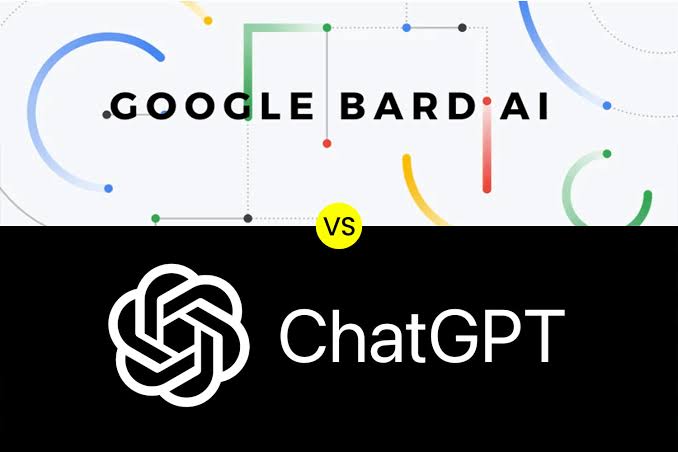GPT vs BARD
 Aman Jha
Aman JhaTable of contents

ChatGPT and Google BARD-based models such as BARD and GPT-3 are two of the most powerful natural language processing tools available today. While both of these models are designed to process and understand natural language, they differ in several key ways.
ChatGPT is a generative language model developed by OpenAI that uses deep learning techniques to generate human-like responses to natural language queries. It has been trained on a large corpus of text data and can generate responses to a wide range of queries, from simple questions to complex conversations.
Google BARD and GPT-3 (Generative Pre-trained Transformer 3) are two of Google's advanced natural language processing models. BARD is a pre-trained sequence-to-sequence model designed for language generation, while GPT-3 is a large-scale language model capable of generating text in response to prompts.
One of the key differences between ChatGPT and Google BARD-based models is the way they generate text. ChatGPT is a generative model, which means it generates responses based on patterns it has learned from the data it has been trained on. In contrast, Google BARD and GPT-3 are both predictive models that use statistical patterns in the data to generate text.
Another important difference between ChatGPT and Google BARD-based models is their training data. ChatGPT has been trained on a diverse range of text data, including books, articles, and websites, while Google BARD-based models are trained on massive amounts of web data, including search queries and user-generated content.
While both ChatGPT and Google BARD-based models are incredibly powerful, they have different strengths and weaknesses. ChatGPT is particularly good at generating creative and engaging responses to natural language queries, while Google BARD-based models are better suited to more complex tasks such as question-answering and language translation.
In conclusion, ChatGPT and Google BARD-based models such as BARD and GPT-3 are both powerful natural language processing tools, but they differ in several key ways. Depending on the task at hand, one model may be better suited than the other. However, both models are at the forefront of the field of natural language processing, and they are likely to play an important role in the development of new language-based technologies in the future.
Subscribe to my newsletter
Read articles from Aman Jha directly inside your inbox. Subscribe to the newsletter, and don't miss out.
Written by

Aman Jha
Aman Jha
Experienced freelance developer with expertise in Wordpress, Javascript, React js, and React Native. Skilled in creating dynamic and visually appealing websites and mobile apps, I bring a passion for coding and problem solving to every project. Committed to delivering high-quality results, I consistently stay up to date with the latest development technologies and trends to provide cutting-edge solutions for my clients. Let's work together to bring your vision to life.Experienced